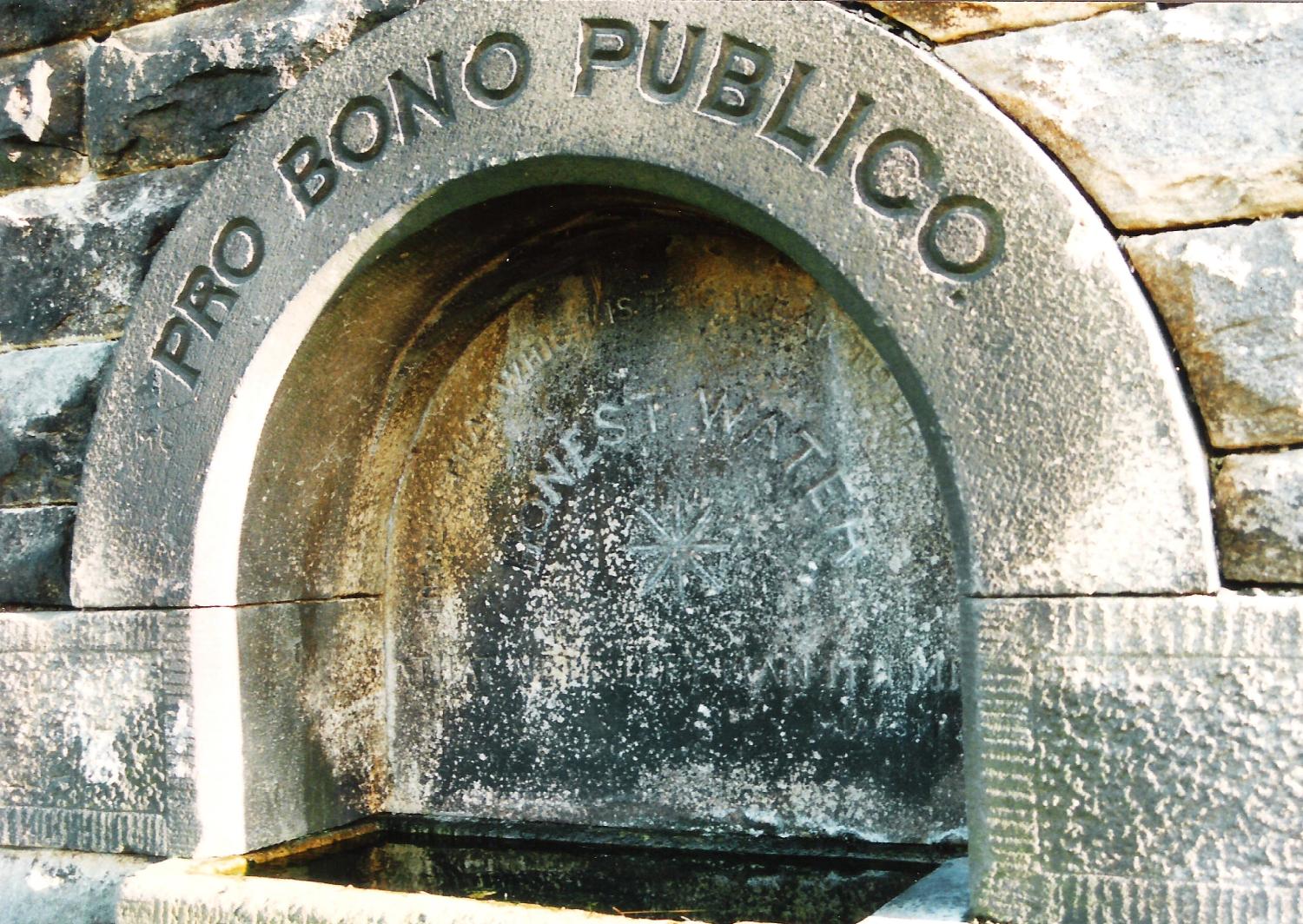Northern Mine Research Society (Registered Charity No. 326704)
Aims and public benefits
Our Constitution states:
The aims of the Society shall be to advance the education of the public in and encourage the study of, all historical and technical aspects of mining and associated subjects.
-
- The Society shall publish its findings for the general issue at least once per year.
- The income and property of the Society shall be applied solely to the pursuance of the aims of the Society as set forth in this constitution.
In order to fulfil its aims the Society carries out the following:
We publish a research journal, ‘British Mining’, covering all aspects of mining, quarrying, social history, mining geology and related subjects such as smelting and mineral dressing. The journal consists of learned papers and is published annually as a ‘Memoirs’. More detailed studies are published as a single issue ‘Monograph’. Both members and non-members are invited to submit contributions; copies are available to members as part of their subscriptions and are available for purchase.
Many out of print monographs may be downloaded for a nominal charge and some out of print papers from British Mining Memoirs may be downloaded free of charge by members of the public.
We maintain a large, searchable website, to which information on mining history is continually being added. This provides aid to anyone doing their own research and has proved very popular for members and non-members alike. The website is entirely funded by the Society and is free from distracting advertising. In addition to material about the society and its publications, the website has a large section of ‘information’ useful both for mining historians and the general public.
For example, there is a mapping section which shows the location of over 35,000 UK mines and the type of mineral worked. The data behind this mapping has been shared with a variety of organisations including archaeologists, university researchers, water quality scientists, hydrologists, botanists, cave and mountain rescue teams, undergraduate students.
Family Historians will find a list of accidents at mines which involved multiple deaths and injuries together with their official reports. A database of over 75,000 deaths and injuries between 1900 and 2011 will soon be added to this. Work is progressing on a database covering mining deaths and injuries before 1900.
An index of graduates of Camborne School of Mines between 1898 and 1940 is available on the website together with the obituaries of 1,733 members of the Institution of Mining & Metallurgy between 1891 to 1968. For much of this period, British engineers ran mines around the world and their obituaries are of value to all manner of researchers.
We support research and other suitable projects through grants which further the aims of the Society and which are available to members and non-members.
Recent grants include the collection of UK coal mining data, the excavation of a lead bale smelting site in the Yorkshire Dales National Park, radiocarbon dating studies which have led to a major advance in the understanding of medieval lead smelting and the use of archaeomagnetic dating of an early limekiln structure. We have supported the preservation of the Hemingfield coal mine site in South Yorkshire, the production of interpretation boards for a museum as well as assisting in the purchase of an old map by the North Yorkshire Record Office. We were also a co-sponsor of the Early Engines Conference 2017 held at Elsecar.
We maintain an extensive collection of mining records which are catalogued on the website and which can be made available through our Recorder.
Our Facebook and Twitter pages contain news and discussions and are open to members of other societies and members of the public.
We run a meets programme which includes visits to sites of historical interest. This is primarily for the attendance of members but members of other mining history societies often attend as well as members of the public.
Those involved with the Society are all volunteers, giving freely of their time and often resources – there are no paid staff.


